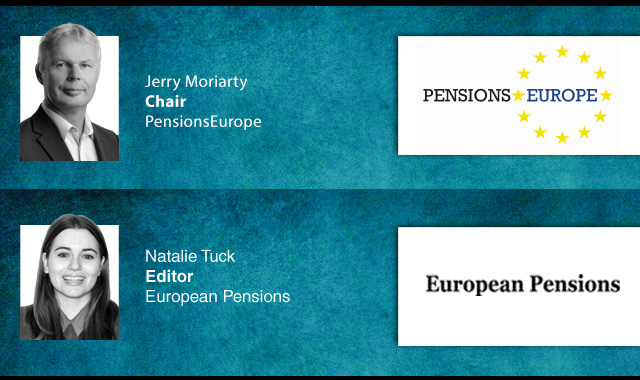Almost 40 per cent of Finnish public sector pensioners, equating to 180,000, receive Kela pensions to support their occupational pension, according to calculations published in the journal Kansantaloudelliske aikakausirja.
Public sector pension provider, Keva, said the calculation provides further information on the adequacy of public sector occupational pension provision and illustrates which occupations are most at risk of low income in retirement.
The survey is based on Keva's register data for 2018-2024 and provides a more accurate picture of pensioners whose earnings-related pension alone is not enough to secure their livelihood.
In these cases, Kela pensions – the national pension and the guaranteed pension – form an important part of the total pension.
The calculation showed that there are occupations in the public sector where even a long career does not necessarily guarantee adequate pension security. In particular, low-paid and part-time jobs expose people to the risk of low income in retirement.
In 2024, the proportion of people receiving Kela pensions was lowest in administration, planning and research (19 per cent) and highest in social work (54 per cent) and engineering, manufacturing and security (48 per cent).
By occupational group, Kela pensions supplement occupational pension cover most for cleaners (67 per cent of those receiving an occupational pension also receive a Kela pension), carers (66 per cent), institutional care workers (64 per cent), day-care workers (62 per cent) and institutional care assistants (61 per cent).
The average age of those receiving Kela pensions was 76, and 79 per cent of them were women.
At the end of 2024, 15 per cent of public sector pensioners were below the low-income threshold, equating to around 72,200 people.
The calculation also estimated the change in total pension when Kela's old-age pension starts to be paid at age 65. On average, this increases pension security by about €100, or 10 per cent, for the cohorts concerned.
“Taken as a whole, the calculation provides new insights into the structure of pension provision and risk factors for low income in the public sector. The results highlight the need to assess the adequacy of pension provision, particularly in occupations where the occupational pension alone is not sufficient to provide a reasonable income in retirement,” Kela said.
Latest News
-
EIOPA launches call for evidence on DC toolkit amid pressure to boost pension coverage
-
SPMS to delay transition due to capacity pressures at APG
-
Average UK DB funding ratio reaches highest level in nearly two years as global tensions ease
-
Sweden’s Lumera wins first UK client
-
Around 40% of Finnish public sector retirees require Kela top-up
-
Swedes risk big pension losses from early withdrawals – Skandia report
Podcast: Stepping up to the challenge

In the latest European Pensions podcast, Natalie Tuck talks to PensionsEurope chair, Jerry Moriarty, about his new role and the European pension policy agenda
Podcast: The benefits of private equity in pension fund portfolios

The outbreak of the Covid-19 pandemic, in which stock markets have seen increased volatility, combined with global low interest rates has led to alternative asset classes rising in popularity. Private equity is one of the top runners in this category, and for good reason.
In this podcast, Munich Private Equity Partners Managing Director, Christopher Bär, chats to European Pensions Editor, Natalie Tuck, about the benefits private equity investments can bring to pension fund portfolios and the best approach to take.
In this podcast, Munich Private Equity Partners Managing Director, Christopher Bär, chats to European Pensions Editor, Natalie Tuck, about the benefits private equity investments can bring to pension fund portfolios and the best approach to take.
Mitigating risk
BNP Paribas Asset Management’s head of pension solutions, Julien Halfon, discusses equity hedging with Laura Blows
© 2019 Perspective Publishing Privacy & Cookies





Recent Stories